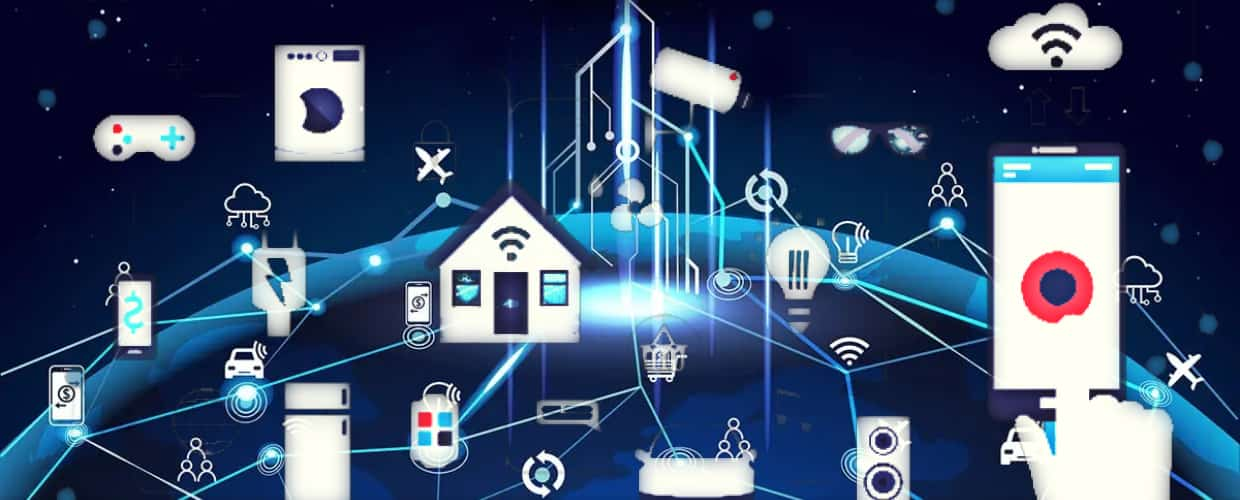The Internet of Things (IoT) is growing fast to revolutionize our lives and work. At the heart of this revolution lies chipsets, the electronic components that enable devices to communicate with each other and the internet.
IoT and Chipsets
Internet of Things (IoT) refers to interconnected physical devices, vehicles, and other objects embedded with sensors, software tools, and other technologies, allowing them to collect and exchange data. This data can then be analyzed and used to make intelligent decisions, automate processes, and enhance efficiency.
The internet of things collects and analyzes vast amounts of data in real-time, which can be used to optimize operations, enhance efficiency, and improve decision-making. For example, IoT sensors can be used in manufacturing to monitor equipment and identify potential problems before they occur, preventing downtime and reducing maintenance costs. In healthcare, IoT devices can monitor patients and alert healthcare providers to potential health issues before they become serious.
The chipsets play an important role in the internet of things revolution. They are the building blocks of the devices that make up the IoT, and they are responsible for powering the sensors and other technologies that enable these devices to collect and transmit data.
IoT Challenges and Chipsets
The vast amounts of data IoT devices generate also pose significant challenges. The sheer volume of data can overwhelm traditional computing systems, leading to delays and bottlenecks. Chipsets are designed to process data quickly and efficiently, enabling IoT devices to collect and transmit data in real time.
Another important aspect of the internet of things is connectivity. IoT devices must be able to communicate with each other and with the internet to exchange data. Chipsets play a critical role in enabling this connectivity, and they provide wireless connectivity that enables devices to communicate with each other and the internet using Wi-Fi, Bluetooth, and cellular networks.
Chipset design challenges
Developing of chipsets for the internet of things also presents unique challenges for designers and manufacturers. Unlike traditional computing devices, IoT devices often have limited power and processing capabilities, which require chipsets to be designed to consume minimal power while still providing the necessary processing power.
One of the challenges of IoT connectivity is that devices often operate in environments with limited or unreliable network connectivity. In these situations, chipsets must be able to operate on low-power networks and switch seamlessly between different types of networks to ensure uninterrupted connectivity.
IoT devices are often connected to sensitive systems and networks, making them potential targets for cyber attacks. Chipsets must be designed with security in mind, with features such as encryption, authentication, and secure boot mechanisms to protect against attacks.
Conclusions
The role of chipsets in the IoT revolution is important; they are the building blocks of the devices that make up the internet of things. They enable these devices to collect and transmit data in real-time while providing the necessary connectivity and security. As the internet of things continues to grow and evolve, chipsets will play a critical role in shaping the future of our connected world.
Read: Top microchip providers in 2023
ADDITIONAL NOTICE: Visit TechGolly.com to stay informed about technology news, discussions, trends, advice, opinions, directories, insights, and markets. TechGolly covers a wide range of the latest technology news, including business news, product news, stock market news, future tech news, and research news.


